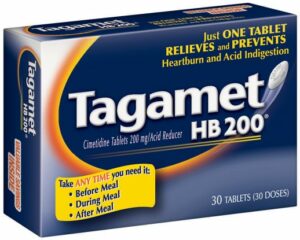Abstract:
Human or rat microsomal 5 alpha-reductase activity, as measured by enzymic conversion of testosterone into 5 alpha-dihydrotestosterone or by binding of a competitive inhibitor, [3H]17 beta-NN-diethulcarbamoyl-4-methyl-4-aza-5 alpha-androstan-3-one ([3H]4-MA) to the reductase, is inhibited by low concentrations (less than 10 microM) of certain polyunsaturated fatty acids. The relative inhibitory potencies of unsaturated fatty acids are, in decreasing order: gamma-linolenic acid greater than cis-4,7,10,13,16,19-docosahexaenoic acid = cis-6,9,12,15-octatetraenoic acid = arachidonic acid = alpha-linolenic acid greater than linoleic acid greater than palmitoleic acid greater than oleic acid greater than myristoleic acid. Other unsaturated fatty acids such as undecylenic acid, erucic acid and nervonic acid, are inactive. The methyl esters and alcohol analogues of these compounds, glycerols, phospholipids, saturated fatty acids, retinoids and carotenes were inactive even at 0.2 mM. The results of the binding assay and the enzymic assay correlated well except for elaidic acid and linolelaidic acid, the trans isomers of oleic acid and linoleic acid respectively, which were much less active than their cis isomers in the binding assay but were as potent in the enzymic assay. gamma-Linolenic acid had no effect on the activities of two other rat liver microsomal enzymes: NADH:menadione reductase and glucuronosyl transferase. gamma-Linolenic acid, the most potent inhibitor tested, decreased the Vmax. and increased Km values of substrates, NADPH and testosterone, and promoted dissociation of [3H]4-MA from the microsomal reductase. gamma-Linolenic acid, but not the corresponding saturated fatty acid (stearic acid), inhibited the 5 alpha-reductase activity, but not the 17 beta-dehydrogenase activity, of human prostate cancer cells in culture. These results suggest that unsaturated fatty acids may play an important role in regulating androgen action in target cells.
Author:
Liang T; Liao S
Source:
Biochem J, 1992 Jul 15, 285 ( Pt 2):, 557-62
Address:
Ben May Institute, University of Chicago, IL 60637.
Language:
English
Unique Identifier:
92344638





